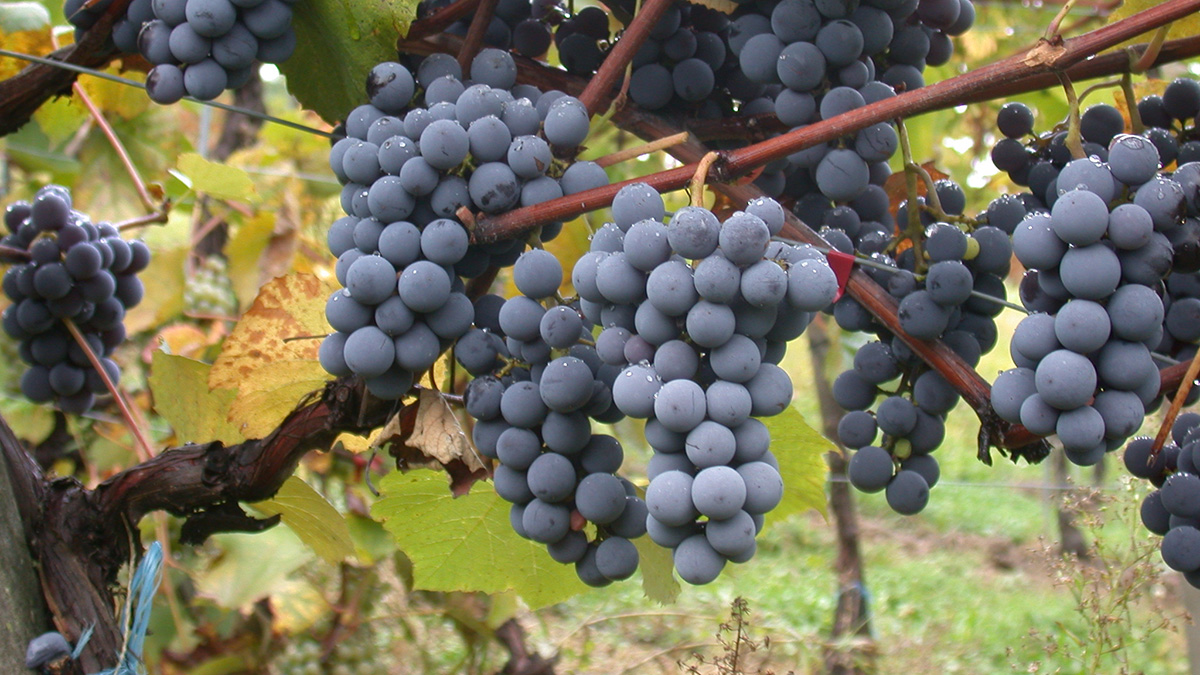A translation of this article was made possible by a partnership with Planeteando. Una traducción de este artículo fue posible gracias a una asociación con Planeteando.
About 12,000 years ago, human society changed dramatically. Hunters and gatherers started farming. Settlements grew and societies blossomed. Agriculture helped civilization to take root.
Grapes held an unusual place among the crops of the agricultural revolution, as they could be both eaten and vinified. Because wine is a cultural touchstone (there was a Greek god of wine, after all), researchers have long wondered about the origin of grapes and their domestication, but studies have suggested contradictory timelines. Some even have suggested that grapes were domesticated hundreds of thousands of years ago, predating the advent of farming by a long shot.
“The global climate played a very important role in shaping not only human evolution, but also the evolution of all kinds of plants and crops throughout time.”
Now, the largest ever genetic analysis of grapevine varieties has revealed not only the origin of grapes, but also the importance of glaciation on wine’s development.
The harsh climate of the Pleistocene fragmented the habitat of wild grapes into two distinct areas: Western Asia and the Caucasus. Human settlements in both areas independently domesticated grapevines around 11,000 years ago.
“The global climate played a very important role in shaping not only human evolution, but also the evolution of all kinds of plants and crops throughout time,” said Wei Chen, an evolutionary biologist at Yunnan Agricultural University and an author of the study published in Science this week.
Searching for a Genetic Match
Chen and his colleagues said that to clear up the ambiguity wrought by past studies, researchers needed more genetic samples of grapes from around the world.
Chen organized a team of dozens of scientists from 17 countries to collect samples. The hardest part of the process was obtaining rare and historic grapevines, particularly during the COVID-19 pandemic. One scientist ventured into old vineyards in Armenia to unearth previously unnamed varieties. Others gathered wild varieties, and still others tapped private collections.
The team amassed more than 3,000 genetic samples, the most significant effort of its kind for grapevines.
Next, the scientists sequenced the genome of the wild grapevine Vitis vinifera ssp. sylvestris—a living ancestor to all modern cultivated grapes. Thousands of years ago, the fruit of sylvestris was more bitter and the plant produced fewer berries than vines do today; humans selectively bred it to have more palatable fruit and easier-to-grow properties in a process called domestication.
Using genetics, the researchers conducted a kind of grape paternity test. They compared the genetic code of sylvestris with thousands of varieties around the world and looked for the closest match. The closest living descendants of sylvestris represent the first varieties to be domesticated.
The tests revealed that the two grapevine varieties most closely related to sylvestris originated from areas thousands of kilometers apart. To understand why, scientists would have to turn back the clock.
A Glacial Chill
Before the last ice age, wild grapevines grew liberally across western Eurasia.
But as the climate cooled and glaciers proliferated, suitable habitat for sylvestris shrunk. By the Last Glacial Maximum, about 20,000 years ago, vines were isolated into western and eastern patches, completely cut off from one another.
A second split occurred when the eastern sylvestris grapevines became two smaller subpopulations. One was in Western Asia around the Fertile Crescent that arcs from southern Israel to the Persian Gulf. The other was north of that, in the Caucasus region that stretches across Armenia, Azerbaijan, Georgia, and Russia.
“Despite being separated by more than 1,000 kilometers, the two domestication processes appear to have occurred contemporaneously.”
The two subpopulations independently gave rise to domesticated varieties, according to the genetic analysis.
“Despite being separated by more than 1,000 kilometers, the two domestication processes appear to have occurred contemporaneously with a high degree of shared signatures of selection on the same genes,” wrote Robin Allaby, an ecologist at the University of Warwick who was not involved in the research.
Whereas the Caucasus grapes stayed regional, the Western Asian grapes became prolific. Migrant farmers brought them into Europe, where they mixed and diversified with wild varieties to form early ancestors of modern Western wine grapes.
Chen said the latest research also suggested that grapevines were the first plant to be domesticated by humans. If that is the case, grapevines have served as more than just a cultural hallmark for civilization, but a bridge between Neolithic cultures and modern agricultural societies.
—Jenessa Duncombe (@jrdscience), Staff Writer

